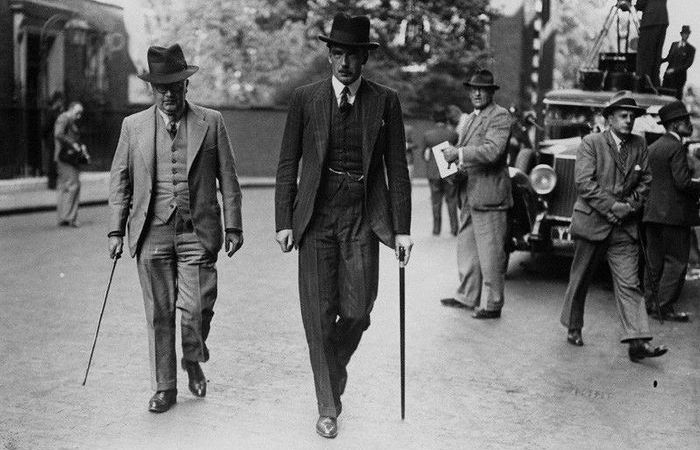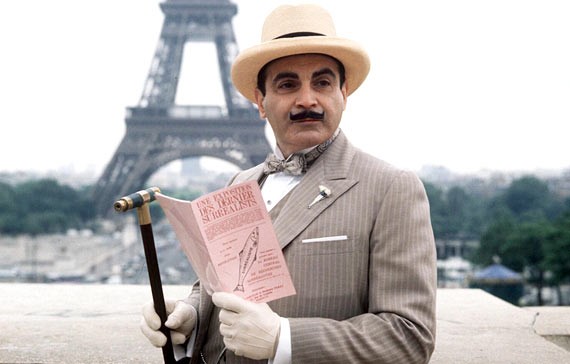At the beginning of the 18th century, the club movement embraced the entire English aristocracy, as well as all those who dreamed of being like her. Aristocrats aspired to clubs, because they wanted to protect their world from the pressure of rootless, but successful businessmen, who also aspired to clubs in order to stand on the same level with lords and peers.
Clubs arose in which only aristocrats gathered, clubs in which they were not at all, and clubs in which the noble and the ignoble got along well with each other. In the clubs, useful contacts were made, professional and business contacts were maintained, and besides, in the clubs people got rid of the complexes associated with personal shortcomings. At the same time, nothing contributed to these goals more than the atmosphere of general fun.
In that era, gentlemen were famous for their love of rude practical jokes, and aristocratic clubs differed mainly in the degree of cruelty of their jokes. In the vicinity of London there was a Surly club, whose members were distinguished by nobility of blood, as well as extreme hostility to others. Some gentlemen’s clubs were more like gangs of hooligans.

Members of the Fun club had fun breaking lanterns, setting fires and destroying private property, and the Scourers club “cleaned” the streets of London from those who fell under the hot hand. Even more “purifiers” tried Mohocks (Mohocks), named after the Indian tribe, distinguished by fierce cruelty. A contemporary wrote about the entertainments of the mohawks: “Crowds of unbridled guys attack those who are on the poorly lit streets in the evenings.
Driven by a frantic desire to cause maximum harm to others, they knock down some, beat others, and cut and burn others … Special talents, in which they, these misanthropes, differ from each other is the kind of barbaric tricks and cruelties to which they subject their victims …
They call themselves ‘regulators of society’, striking at those whose life, in their opinion, is dissolute.” Particularly distinguished among the Mohawks were young gentlemen, famous for their ability to “kill a lion”, that is, with one blow to flatten a person’s nose and gouge out an eye.
Noble and high-ranking persons
Jointly committed crimes and debauchery bound the clubmen better than any oath, which helped them a lot in life, because among the clubmates there were very noble and high-ranking persons. So, Francis Dashwood, who was deservedly considered one of the most dissolute people of the 18th century, managed to make a brilliant political career precisely thanks to his club activity.
Despite the considerable wealth and baronial title that Dashwood inherited from his parents, lucrative positions bypassed him, which was due to his gloomy reputation as a lecher and rowdy. The baron became famous for his hooligan antics in his youth, when he toured Europe. While in Italy, Dashwood visited the Sistine Chapel and whipped the altar in front of astonished parishioners.
Another time, while in St. Petersburg, the baron appeared at a masquerade, dressed in the costume of the Swedish king, with whom Russia was at war. Returning to England, Dashwood did not give up his habits and around 1750 founded his own club, which was located within the walls of the former abbey.
The baron became “abbot”, his friends – “apostles” and “monks”, and the role of the chaplain was played by a baboon dressed in a church robe. Clubmates competed with each other in blasphemy, held black masses and fornicated on the altars with prostitutes, who, according to legend, were delivered across the Thames by whole barges.

The society itself began to be called the Hellfire Club, which, however, only attracted new followers to Dashwood, among whom were several MPs, one future prime minister, and even the Prince of Wales. The future creator of the United States, Benjamin Franklin, honored the “monks” with his visit, and he was very pleased with his adventure.
Although half of England considered Dashwood an inveterate devil worshiper, his career quickly took off thanks to new connections. When club member Sir John Stewart took over the cabinet in 1762, Dashwood was given the post of Chancellor of the Exchequer (Minister of the Exchequer). Subsequently, Dashwood until the end of his days held a very lucrative postmaster general.
Rich, but not noble Britons did not want to lag behind the hereditary aristocracy and also joked as best they could. A group of London money-lenders and money-changers founded their own Broken Farthing Club. The members of this society praised their frugality in every possible way and even held their meetings in the dark so as not to spend money on candles.
Businessmen who were less fortunate had their own Losers’ Club, which accepted only those who declared bankruptcy at least once in their lives. In contrast to the losers, there was the Fortune Hunters Club, which allowed only people who were very lucky.
So, a certain captain Donahue became a member of the club, who managed to change his nondescript name to the loud Talbot Howard Somerset. The expenses of the fortune hunters were paid by Lieutenant Dunshanner, who was lucky to sue a certain lady for 10 thousand pounds.
To celebrate, the lieutenant even bought the secretary of the club out of debt. Although membership in such clubs did not give people from the middle class a chance to break into ministers, the circle of acquaintances of clubmen expanded noticeably, which was only to the benefit of their business.
